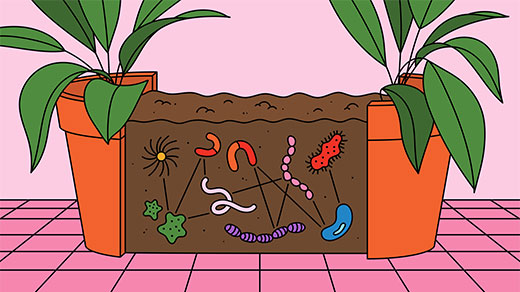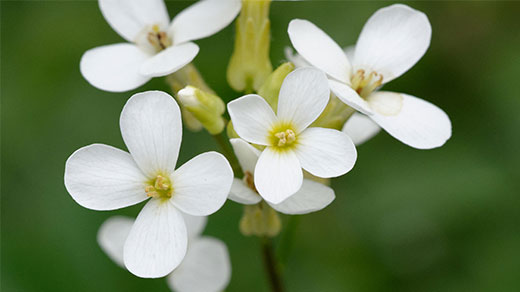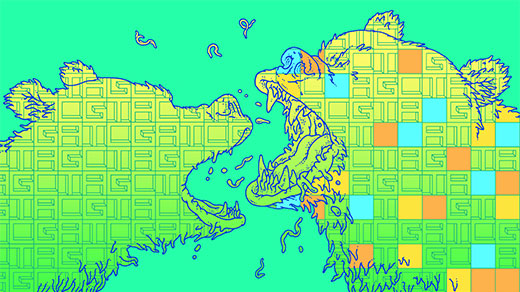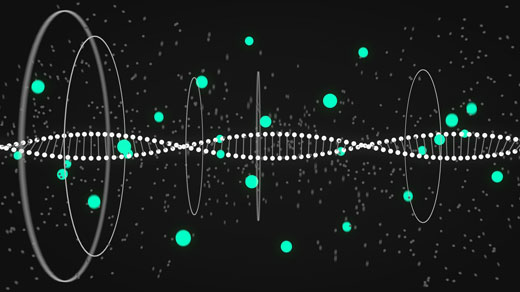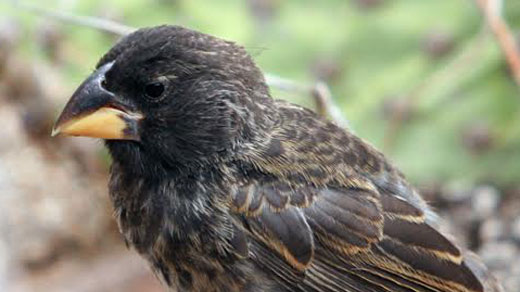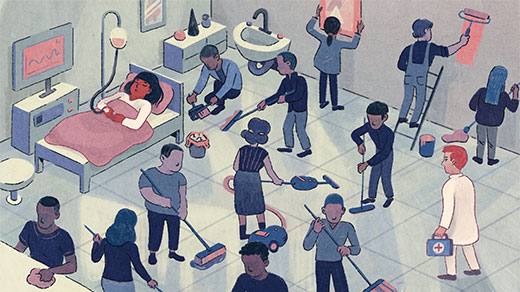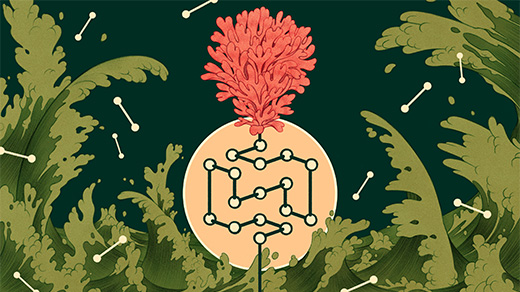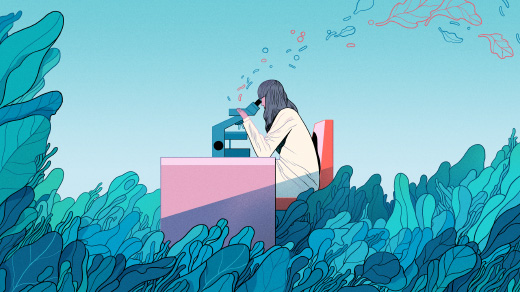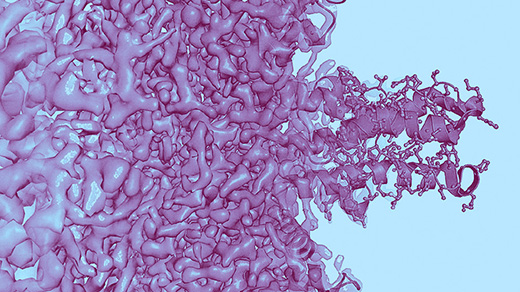Latest Articles
Simpler Math Tames the Complexity of Microbe Networks
The dizzying network of interactions within microbe communities can defy analysis. But a new approach simplifies the math and makes progress possible.
With ‘Downsized’ DNA, Flowering Plants Took Over the World
Compact genomes and tiny cells gave flowering plants an edge over competing flora. This discovery hints at a broader evolutionary principle.
Is a Bigger Genetic Code Better? Get Ready to Find Out
Evolution settled on a genetic code that uses four letters to name 20 amino acids. Synthetic biologists adding new bases to DNA will be free to improve on nature — if they can.
The End of the RNA World Is Near, Biochemists Argue
For decades, an origin-of-life story starring RNA has prevailed. New research may be shaking that theory’s hold on our understanding of life’s beginnings.
New Bird Species Arises From Hybrids, as Scientists Watch
The rapid, unorthodox emergence of a new finch in the Galápagos hints that speciation isn’t rare. New hybrid species may quietly appear and disappear without anyone noticing.
Bacteria Sacrifice DNA Repair for Better RNA
Preserving its DNA ought to be a cell’s top priority. But bacteria slow their DNA repair to a crawl in favor of proofreading gene transcripts.
Life’s First Molecule Was Protein, Not RNA, New Model Suggests
Which mattered first at the dawn of life: proteins or nucleic acids? Proteins may have had the edge if a theorized process let them grow long enough to become self-replicating catalysts.
Simple Bacteria Offer Clues to the Origins of Photosynthesis
Studies of the energy-harvesting proteins in primitive cells suggest that key features of photosynthesis might have evolved a billion years earlier than scientists thought.
Supercool Protein Imaging Gets the Nobel Prize
This year’s Nobel Prize in Chemistry goes to researchers who made it possible to see proteins and other biomolecules at an atomic level of detail.

